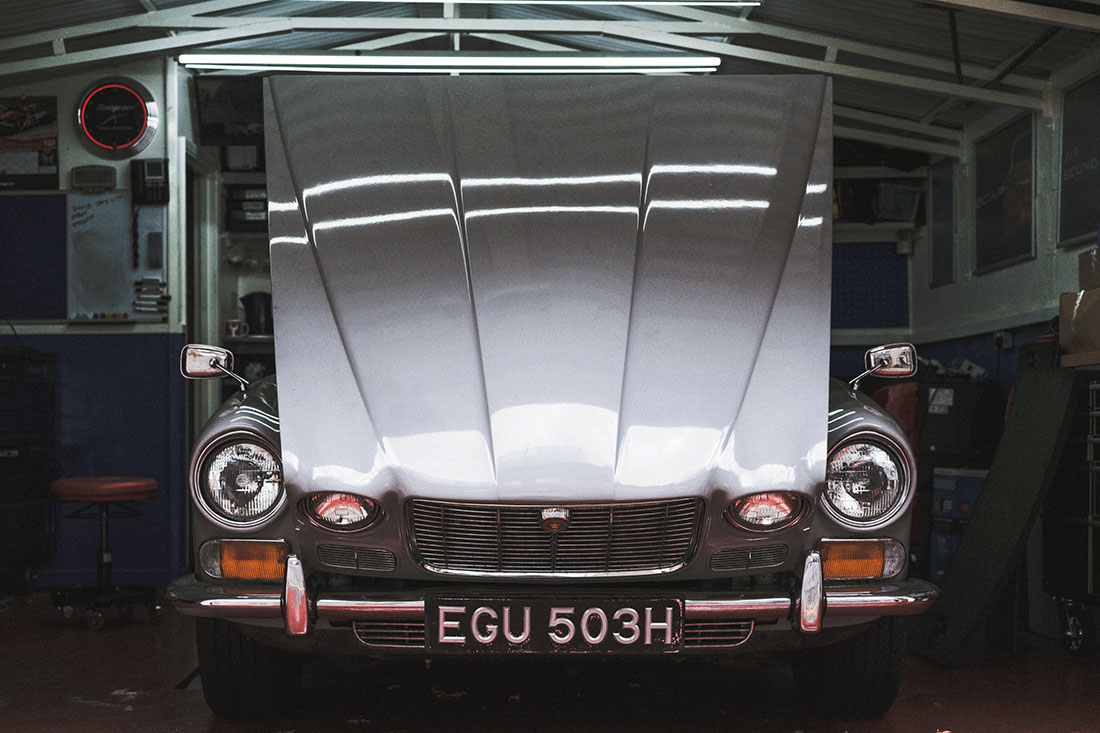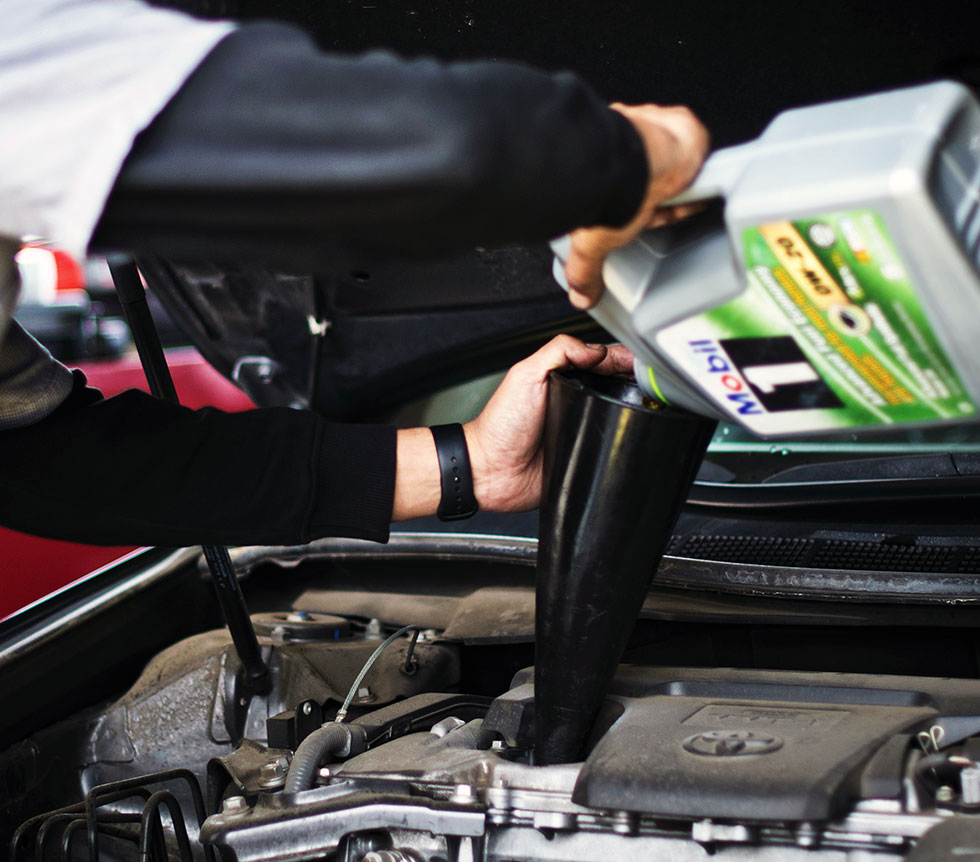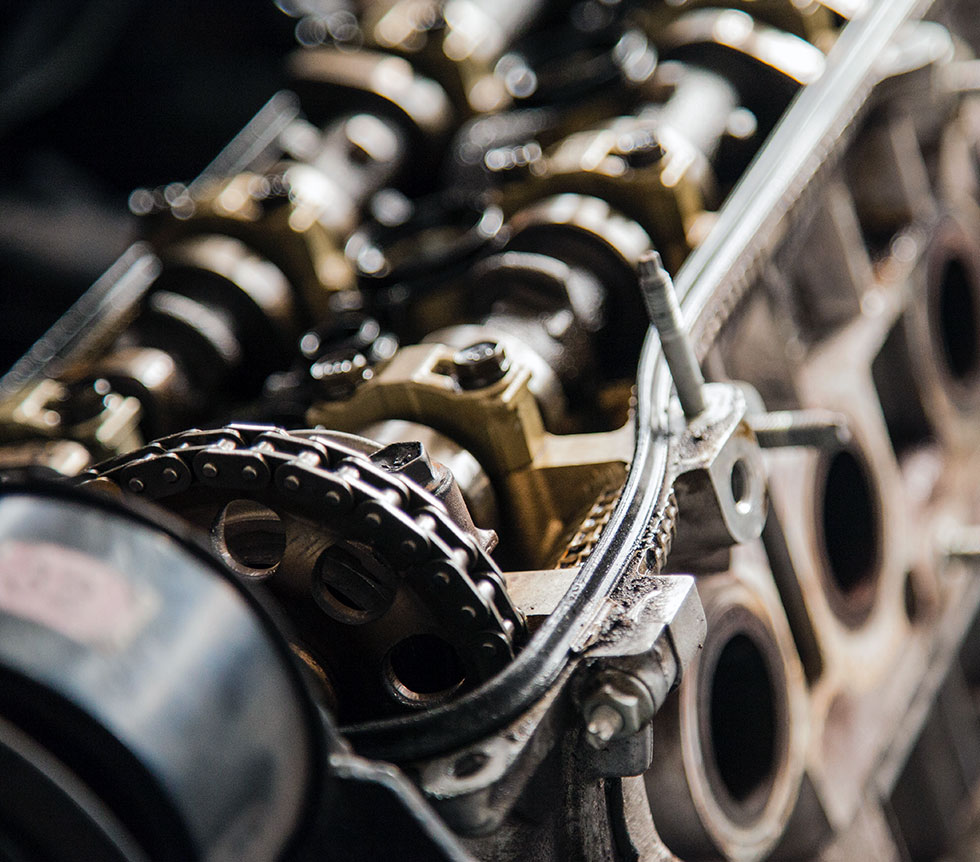Can you fix it?
Yes, you can!
2
OCTOBER, 2017
Introducing Where’s My Dipstick, the easiest and safest way to be confident and savvy under the bonnet—of your car, that is.
Spot the false fact:
- The average cost of a basic car service is about £125, including labour (according to a recent SMMT report) A well-maintained car is more fuel efficient, saving you money on petrol and long-term repairs
- Car owners typically pay £695.39 annually on repairs and maintenance – 12% more than global average (according to a recent SMMT report)
- DIY car servicing is near impossible with today’s engineering advancements.

It’s not so scary under the bonnet…once you know some basics.
Ever popped open the bonnet of your car, taken a quick peek, slammed it shut and driven straight to the nearest garage? Ever blanch at what seems like the overly inflated service charge afterward? You aren’t alone. Although so many of us take driving for granted, the upkeep of our cars are a subject about as mind bogglingly foreign and difficult as speaking an unknown language. But it doesn’t have to be that way. It’s a little-known fact that, beneath all the newfangled terms, gizmos and gadgets on today’s cars, the moving parts are still more or less the same as they were 30 years ago. That’s good news for those of you who want to save a little money, forego the stress of a dilapidated car that needs major repairs or if you just want to learn more about cars, which are a feature of our daily lives.
“Then there’s actually popping the bonnet and looking at what you’ve got underneath. Similar to post-winter beach body assessment ?.”
Despite what you may have heard through the rumour mill, there is a fair amount of car maintenance and repair that you can do on your own. (Well, with the help of some tools and clothes you aren’t afraid to get a little oily!) From resetting the sensor to changing the tyre to changing the oil, there’s loads that you can do if you take the time to read a little bit. But we get why you haven’t started: so much out there is ridiculously intimidating. From jargon-filled blogs and vlogs to instructions that seem to have borrowed their step-by-steps from an IKEA guidebook, it’s a jungle out there!
Then there’s actually popping the bonnet and looking at what you’ve got underneath. (Similar to post-winter beach body assessment ;-D) The transition from carburettor to fuel injector back in the 1980s was the first sign that things were getting complicated. The fuel injector, which helps fuel and air mix prior to combustion in your engine, makes things slightly more complicated for those wanting to service their cars. Further, manufacturers have started putting covers over engines and undertrays beneath them. Although most engines look the same underneath it all, and the requirements for changing the oil haven’t changed, stripping away all the trimmings before you even get to do any of that can take a little time and effort. Combine that with the new equipment under the hood, which makes things look even more scary, and leaves little room for tools, hands and flashlights to manoeuvre. There’s also the relatively new phenomenon of sensors which remind drivers that their car needs maintenance, especially around mileage limit maintenance, and those can require special tools to reset. It may seem like the odds are stacked, but once you know what you’re doing and what you’re looking at, things haven’t changed too much since the good ol’ days of working on your car for fun. You’ve just got to know what you’re doing, and what you’re looking at.


That’s where we come in. If you want a solution – a fast, cheap one – to mounting car maintenance bills, you’ve come to the right place. You’ll find expert advice on how to maintain your car, without having to look up every other word in some car dictionary written by engineers or out of control enthusiasts.
Want to get started? First you’ll have to do a little homework. Your car’s service manual is seriously the best thing to start with. If you give it a good read, you’ll be on track to needing less maintenance and serious repairs out of the gate – and you’ll save on petrol. What can your car manual do for you?
- Explain what all the lit up warning messages on your dashboard mean, and what you should do when each appears
- Tell you the mileage at which your car should have its cambelt and other important replacements done
- Save you hundreds and even thousands on expensive repairs that are necessary when your car has been poorly maintained, such as the radiator (that’ll set you back a cool £430) to the engine exchange (about £2,575*, or seriously scary YIKES territory). *According to Motor Codes, June 2014.
This is where Where’s My Dipstick comes in.
Whether you’re looking for general information, or are a little more advanced, you’ll have a one-stop shop at your fingertips so you can take matters into your own hands – and get comfortable under the bonnet.
FURTHER READING




